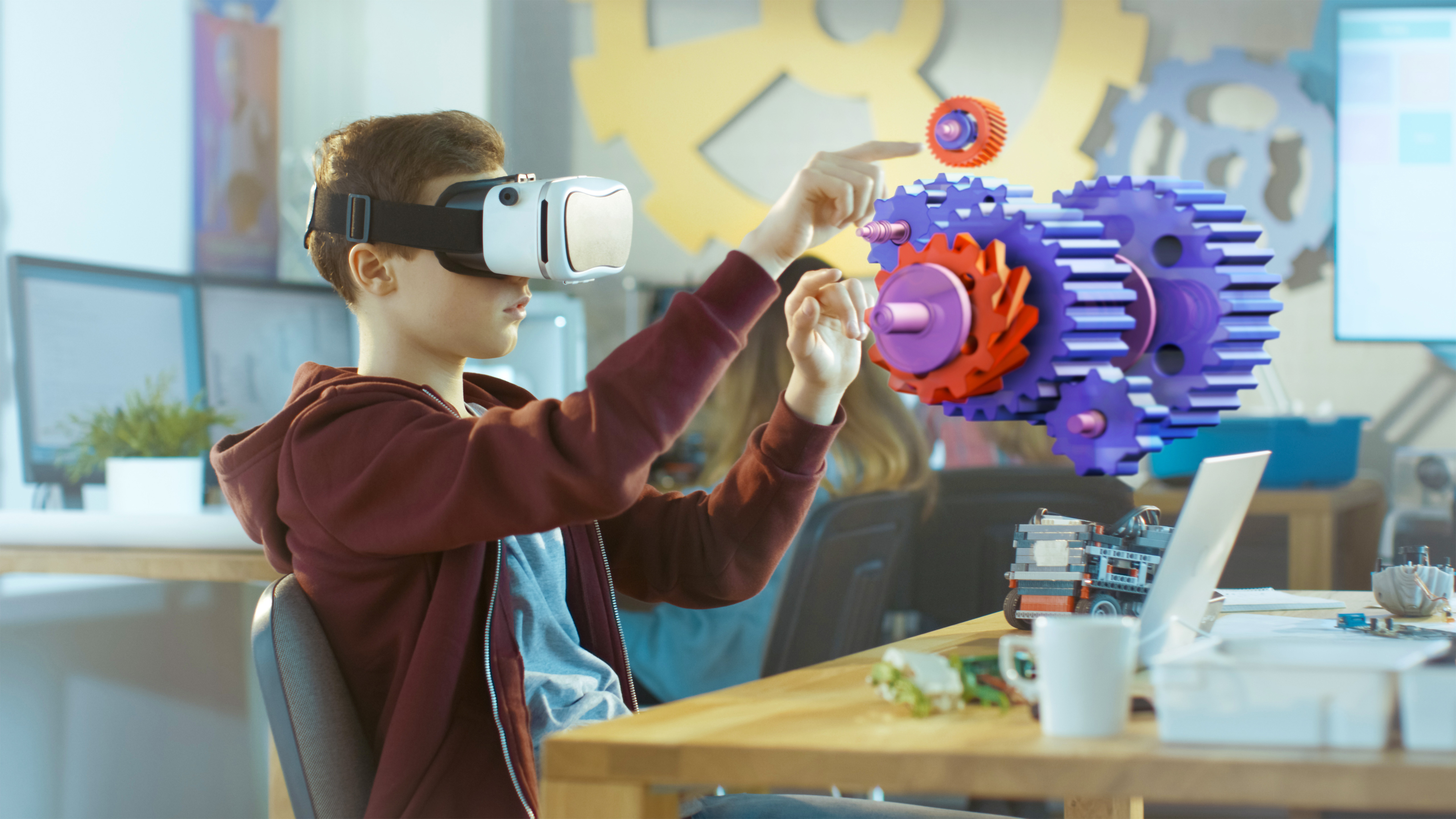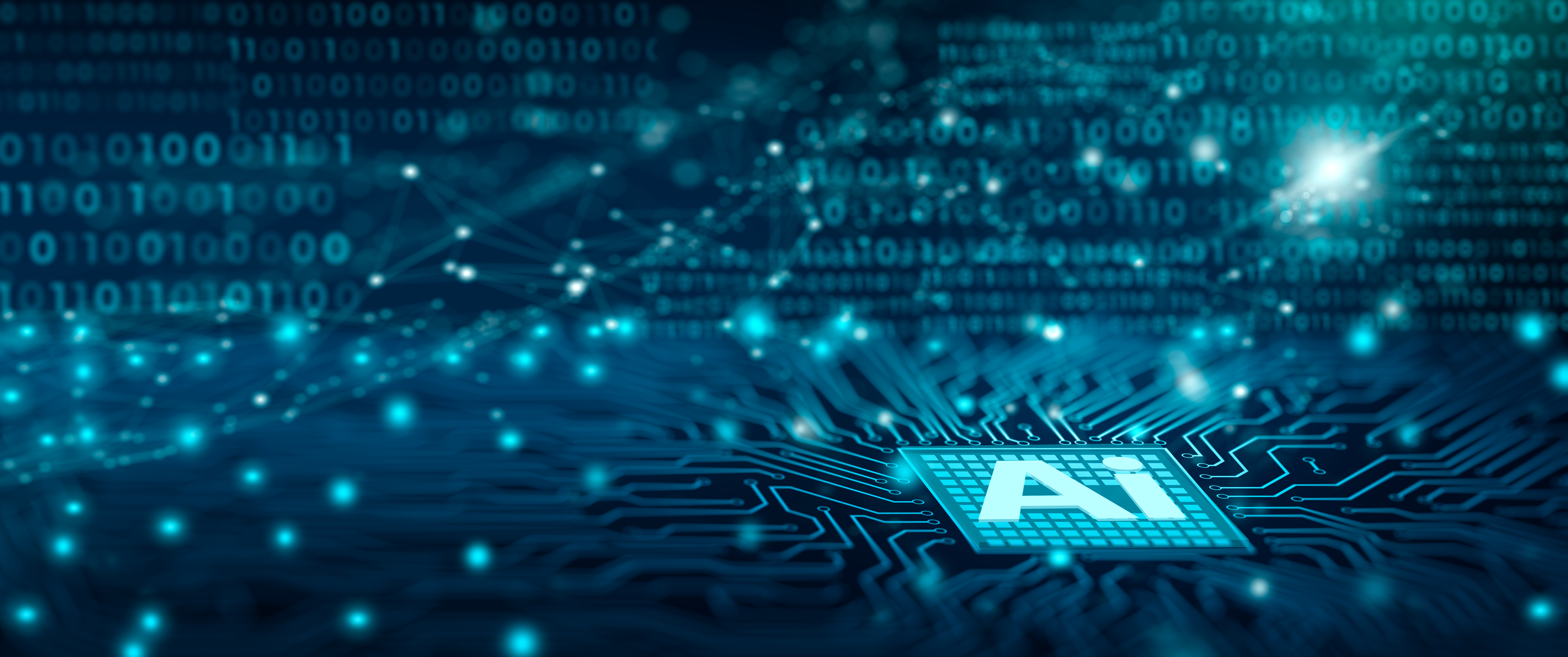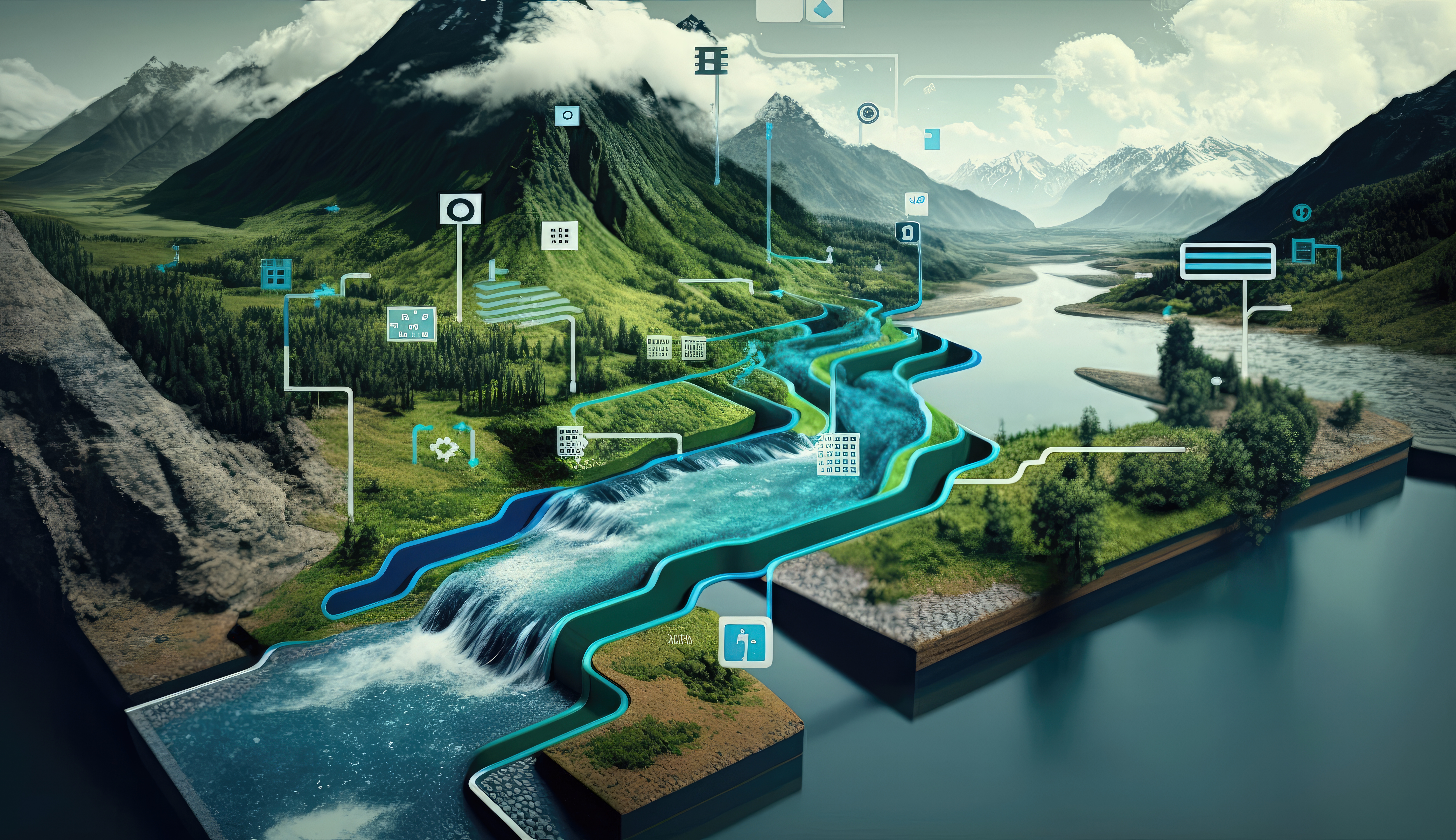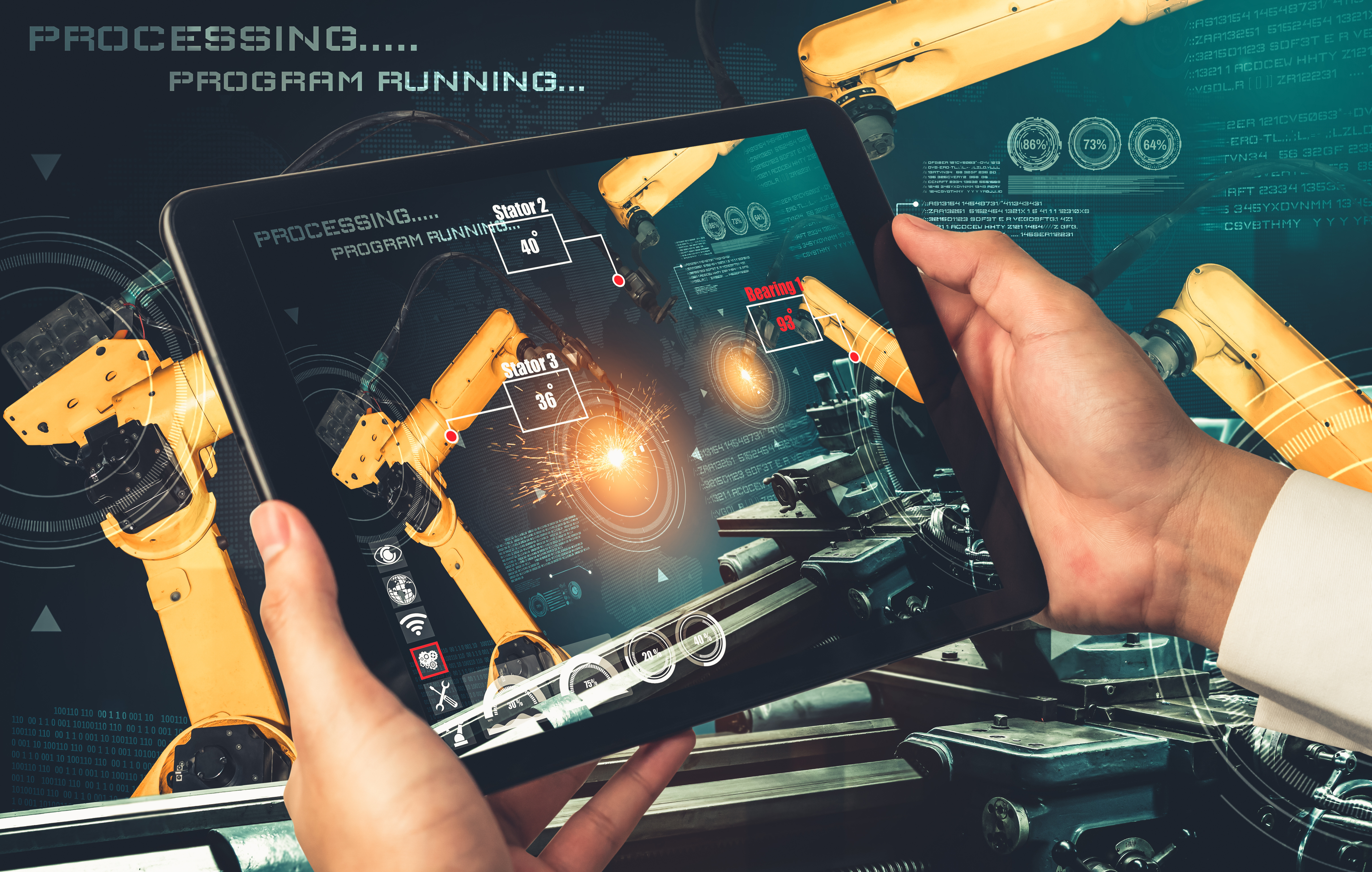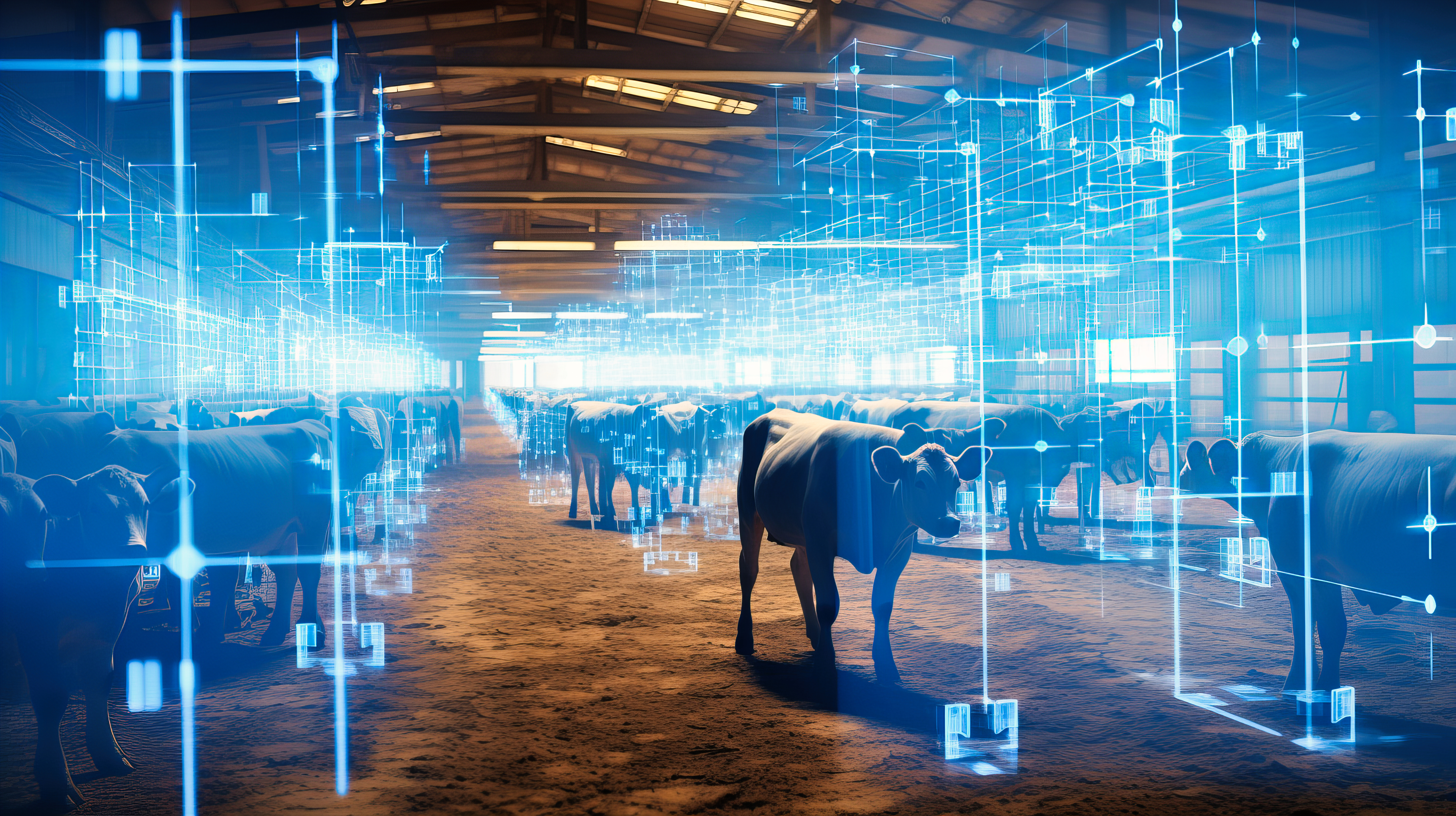Smart Virtual Learning Environment
Virtual Reality (VR) technology has started to play a significant role in the education sector, and with the implementation of Nuvoton MCUs and Tiny Machine Learning (TinyML) technology, they are set to provide more innovative learning experiences.
1. Enhancing Learning Experience: Nuvoton MCUs can provide more efficient control and management within VR devices, improving the virtual learning experience for learners. This can include smoother interactions, faster response times, and richer virtual environments. Additionally, TinyML can be utilized to analyze learner behavior and responses to adjust virtual learning content, making it more adaptive to each learner’s needs.
2. Attention Support: For students with attention deficit disorder (ADD/ADHD), virtual learning environments can be a beneficial tool. VR headsets can improve students’ focus and sustained attention by eliminating external distractions. MCU technology can be used to monitor students’ attention levels and provide appropriate feedback to help them stay engaged.
3. Interactive Virtual Simulations: Virtual learning environments can provide interactive virtual simulations that can be used to teach soft skills, life skills, and personal development. MCUs and TinyML can be used to monitor learners’ performance within the virtual simulations and provide real-time feedback and guidance. This helps learners gain a better grasp of practical, applicable skills.
4. Collaborative Virtual Education: Virtual learning environments can also facilitate collaborative virtual education experiences, allowing students to collaborate and interact within the virtual world. MCUs can support synchronous interactions between multiple users, while TinyML can be used to recognize collaboration and communication patterns among learners to provide a better team-based educational experience.
| Applicable development board | |
|---|---|
|
NuMaker-HMI-MA35D1-S1 |
1. Real-time recognition Using a camera to capture remote learning participants, the MA35D1 processes image data and identifies and records participant attendance in real time.
2. Object detection Using a camera to capture simulated equipment in a virtual laboratory, the MA35D1 processes image data, identifying different laboratory equipment and tools.
3. Biometric recognition Using facial recognition technology to identify learners, the MA35D1 provides customized learning paths and recommendations based on the learner's individual characteristics.
4. Gesture sensing The camera captures the learner's gestures, and the MA35D1 processes the data, which is used to control simulated experiment operations in the virtual laboratory. |
|
NuMaker-HMI-M467 NuMaker-IoT-M467 |
1. Sensor Fusion Example: Multisensory Virtual Learning Experience Combining temperature, vibration, and light sensors, the Cortex-M4 processes data to simulate a realistic learning experience in a virtual environment.
Example: Virtual Learning Environment Monitoring Using various sensors to monitor the system operations of a virtual learning environment, the Cortex-M4 detects any anomalies that could affect the learning experience.
Example: Voice-Driven Virtual Classroom Capturing learners' voice commands using a microphone, the Cortex-M4 processes and identifies keywords to control interactive features in a virtual classroom. 4. Vibration Detection Example: Haptic Feedback in Virtual Reality Experience Utilizing vibration sensors to capture user feedback while interacting with virtual equipment, the Cortex-M4 processes this data to enhance the interactive experience in virtual reality. |

